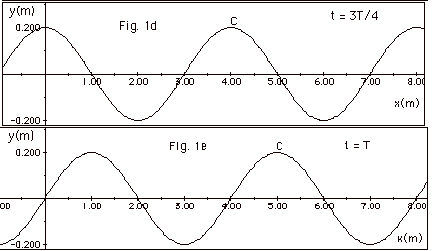![A transverse wave is described by the equation y = Asin [2pi (ft - x/lambda)] . The maximum particle velocity is equal the wave velocity if A transverse wave is described by the equation y = Asin [2pi (ft - x/lambda)] . The maximum particle velocity is equal the wave velocity if](https://dwes9vv9u0550.cloudfront.net/images/10291159/25aee1b8-9a72-46d1-9d1d-a48993d4205e.jpg)
A transverse wave is described by the equation y = Asin [2pi (ft - x/lambda)] . The maximum particle velocity is equal the wave velocity if
How does the term sin (2*pi*f*t) come from? I know that sin and cosine take radians as arguments which will be (pi/2) * (no. of degrees) but why do we mulitply f*t?
How does the term sin (2*pi*f*t) come from? I know that sin and cosine take radians as arguments which will be (pi/2) * (no. of degrees) but why do we mulitply f*t?
![Given that : ` y = A sin [(( 2 pi)/( lambda)) ( c t - x) ]` , where y and x are measured in the ... - YouTube Given that : ` y = A sin [(( 2 pi)/( lambda)) ( c t - x) ]` , where y and x are measured in the ... - YouTube](https://i.ytimg.com/vi/iOC_vjUazSw/maxresdefault.jpg)
Given that : ` y = A sin [(( 2 pi)/( lambda)) ( c t - x) ]` , where y and x are measured in the ... - YouTube

SOLVED:At time t=0 a high amplitude signal has a profile y=a sinπx with ∂y / ∂t=0 . Thereafter, it propagates according to the non-linear wave equation (∂^2 y)/(∂t^2)=c0^2(1+ε(∂y)/(∂x)) (∂^2 y)/(∂x^2) where εis
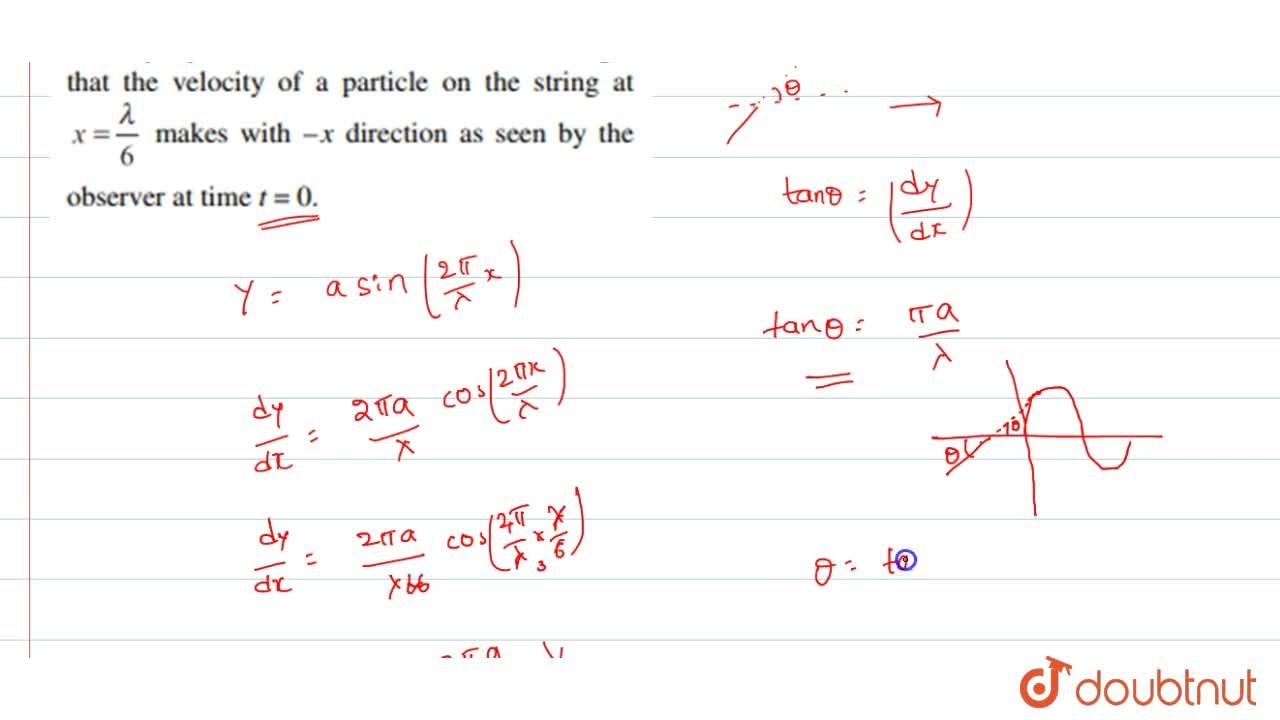
A sinusoidal wave y=a sin ((2pi)/lambda x-omegat) is travelling on a stretched string. An observer is travelling along positive x direction with a velocity equal to that of the wave. Find the

A sinusoidal wave `y=a sin ((2pi)/lambda x-omegat)` is travelling on a stretched string. An - YouTube
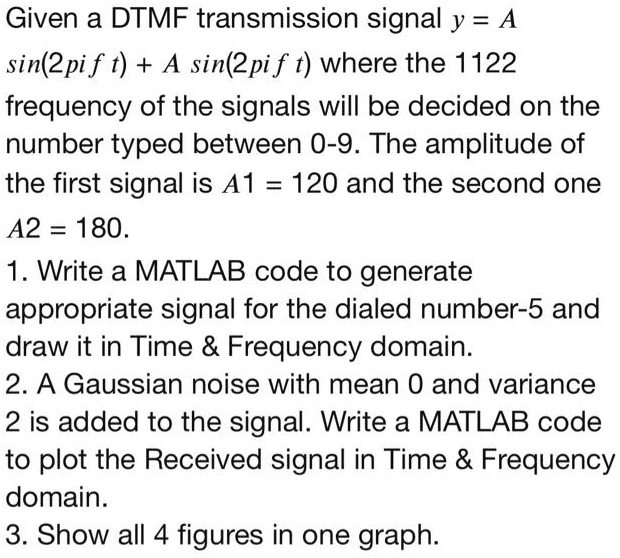
SOLVED: Can provide clear codes and how look the graph?? Given a DTMF transmission signal y= A sin(2pi f t)+ A sin(2pi f t) where the 1122 frequency of the signals will
![Given that` y = A sin [((2 pi )/(lambda)(ct - x))]` where` y` and `x` are measured in metres ,Wh... - YouTube Given that` y = A sin [((2 pi )/(lambda)(ct - x))]` where` y` and `x` are measured in metres ,Wh... - YouTube](https://i.ytimg.com/vi/rQ411CbC-Ro/maxresdefault.jpg)
Given that` y = A sin [((2 pi )/(lambda)(ct - x))]` where` y` and `x` are measured in metres ,Wh... - YouTube

A transverse wave is described by the equation y = y0sin2pi ( ft - xt ) . The maximum velocity of the particle is equal to four times the wave velocity, if

A transverse wave is described by the equation y = yosin 2pi (ft - x/a) . The maximum particle velocity is equal to four times the wave velocity if a is equal to :



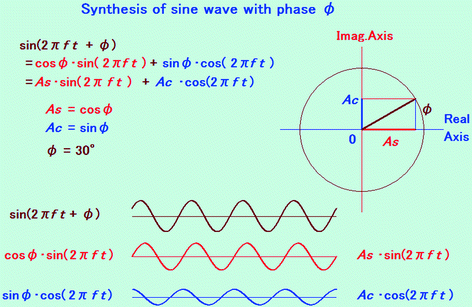
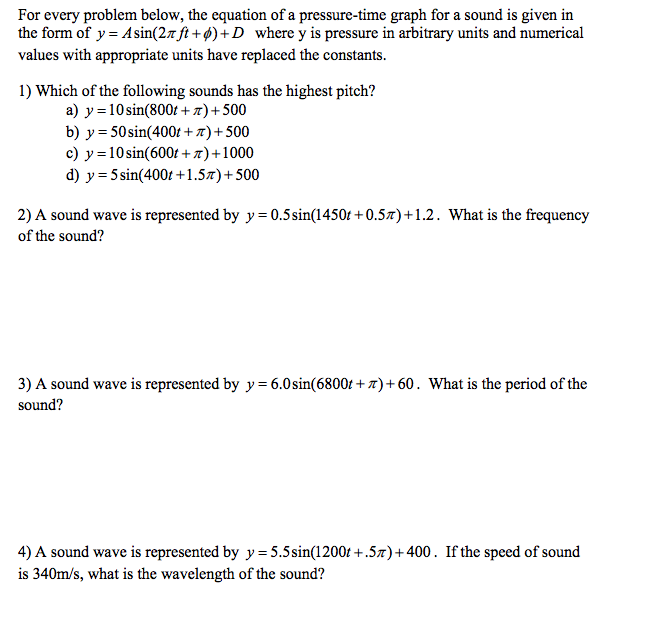
![Solved For the trigonometric function y = A sin [B (x + C)] | Chegg.com Solved For the trigonometric function y = A sin [B (x + C)] | Chegg.com](https://media.cheggcdn.com/study/9d4/9d411f97-e0cc-41e9-b4d9-5b39f2acbf40/image)
